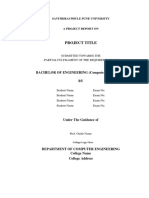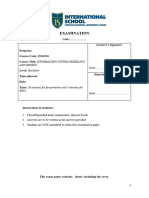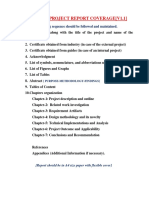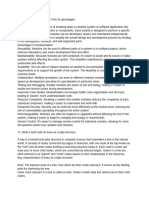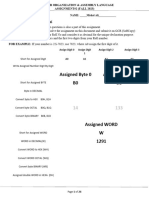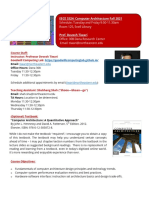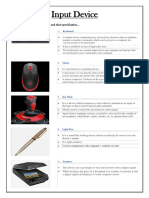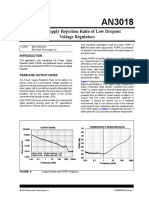0% found this document useful (0 votes)
155 views5 pagesData Structures and Algorithms Project Proposal-3
The document outlines a proposal for a Data Structures and Algorithms (DSA) semester project, detailing sections such as project title, team information, objectives, problem statement, project plan, implementation phases, and final submission requirements. It emphasizes the importance of efficient data handling and real-time processing in various engineering fields, providing examples of potential projects and the relevant DSA concepts. Additionally, it includes guidelines for proposal defense presentations and the final code submission process, highlighting the need for clear documentation and testing.
Uploaded by
hassandevolper123Copyright
© © All Rights Reserved
We take content rights seriously. If you suspect this is your content, claim it here.
Available Formats
Download as PDF, TXT or read online on Scribd
0% found this document useful (0 votes)
155 views5 pagesData Structures and Algorithms Project Proposal-3
The document outlines a proposal for a Data Structures and Algorithms (DSA) semester project, detailing sections such as project title, team information, objectives, problem statement, project plan, implementation phases, and final submission requirements. It emphasizes the importance of efficient data handling and real-time processing in various engineering fields, providing examples of potential projects and the relevant DSA concepts. Additionally, it includes guidelines for proposal defense presentations and the final code submission process, highlighting the need for clear documentation and testing.
Uploaded by
hassandevolper123Copyright
© © All Rights Reserved
We take content rights seriously. If you suspect this is your content, claim it here.
Available Formats
Download as PDF, TXT or read online on Scribd
/ 5



























